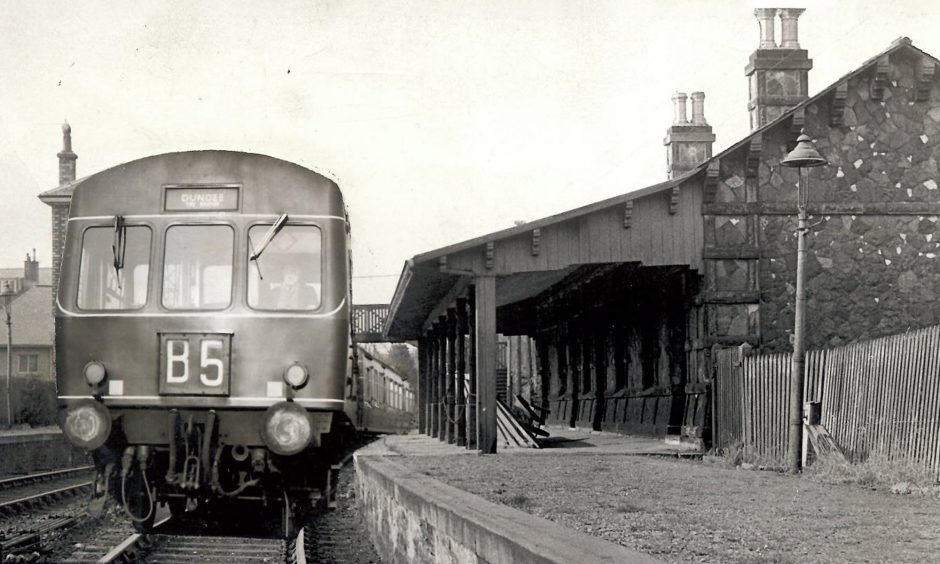
The rails have long been lifted but Lochee used to echo to the sound of pistons pumping during the glory days of steam.
These days it is hard to believe a railway ever existed in Lochee.
Something was needed because of the expansion of Dundee as a city and the increased demand for some goods and resources.
Using horse and cart to deliver goods by road took too long.
The Dundee and Newtyle Railway opened in 1831.
The route of the line took it up three steep inclines, and a tunnel had to be dug directly through the Law in Dundee, a project dogged by accidents.
It would subsequently be improved and diverted away from some of the inclines which took the railway into Lochee and Liff from 1861.
Lochee by rail?
Three new stations were opened on this new section of line.
Lochee, Lochee West and Liff.
Dr Kenneth Baxter, from Dundee University’s archive services, said an advantage of this route was that it offered the potential for goods traffic.
He said: “The original line to Newtyle suffered from the fact that it included three steep gradients which required trains to be hauled up by stationary engines.
“This was time consuming and not very efficient and so it was eventually decided to bypass them.
“In Dundee this meant the route from the terminus in Ward Road up the side of the Law and through the Law Tunnel was abandoned in favour of a line running through Lochee and connecting to the Dundee and Perth Railway at Ninewells Junction.
“Crucially, the new line was very close to Camperdown Works and just beyond Lochee Station there was a short branch to the works.”
By 1900 Camperdown Works employed more than 5,000 people and was one of Britain’s greatest industrial complexes.
The 282-foot Cox’s Stack was the landmark for what became the largest jute works in the world.
A siding led to Camperdown Works from Lochee Railway Station which transported 26,000 tons of coal every year to feed the furnaces.
Lochee Station was the scene of tragedy
Lochee often won prizes for the best-kept station.
However, the station was the scene of tragedy in December 1913.
The station master, Alexander Dibbs, was crushed between two wagons in a shunting accident and died three days later.
Dibbs had worked at Lochee Station for 17 years.
He was a member of Lochee Church and was a familiar figure on the bowling green.
Dibbs was survived by his wife, two daughters and six sons.
He was 58.
In November 1929 three men broke into the parcel office at Lochee Station.
The articles stolen included six waistcoats, 27 cardigans, 18 pullovers, 15 silk scarves, 24 pairs of socks, one pair of stockings and 15 scarves.
They were caught soon afterwards and sent to prison early the following year.
“The station also had the potential for commuter traffic, but ultimately the tram network proved a serious rival,” said Dr Baxter.
“The trams were more frequent and took a more direct route to the city centre.
Wartime evacuations from station
“It was often said that city workers who missed the service at Dundee West Station could catch a Lochee tram and arrive at Lochee Station before the train because of the circuitous route it took out by Ninewells.”
Lochee Station was the scene of many family welcomes and partings including children being evacuated during the Second World War.
“There was actually another station in Lochee which was less well known and had a shorter life span,” said Dr Baxter.
“This was located just off South Road near today’s Elmwood Road.
“This went by the names Victoria and Camperdown before becoming Lochee West in the 1890s.
“It was closed to passengers by the Caledonian Railway on January 1 1917.”
Lochee West was a short lived station
Lochee West was a single-platform station on the north side of the line.
There was a “Stop, Look, Listen” sign at the Elmwood Road level crossing.
In July 1933 David Elder was driving a lorry when he applied his brakes to stop at the level crossing but the weight of the load caused the vehicle to skid.
He struck the gate and damaged several spars,
Meanwhile, Liff Station on South Road was a brick-built station that had floral displays on the platform and window boxes full of blooms.
Liff Station was about two miles away from what people think of as Liff today.
The line and its goods yards serviced the Dundee Linoleum Works.
As motor transport developed and roads improved, the need for rail in certain areas decreased.
The Dundee to Newtyle Railway was no longer economical by the mid-1950s.
Various cuts were made to keep the branch line viable but the writing was on the wall.
Passenger operations ceased in January 1955.
Some goods services continued before the rails fell silent.
End of the line for Lochee railway era
The tracks were ripped up without ceremony.
The railway bridge at the south end of Lochee High Street was removed in 1974.
But unfortunately, not all of the three stations have survived the test of time.
Lochee West is now housing.
Liff Station is now a sports centre.
Lochee Station was closed in 1967 and converted to a social club in 1972.
Dundee in 50 Buildings author Brian King chronicled the fortunes of Lochee Station in his book, alongside places like the V&A.
“The building is the work of the architect James Gowans and is in his own unique modular style based on two-foot sections of multi-coloured rubble,” he said.
“Gowans was also a quarry owner, which may explain his unusual use of stone in this building.”
He had employed a similar technique on his own house, Rockville, in Napier Road in Edinburgh two years earlier.
Rockville was demolished in 1966 but a smaller house, Lammerburn, survives nearby.
Brian said: “This, together with Lochee Station and the rebuilt and converted Creetown Railway Station in Kirkcudbright, are the only surviving examples of this style of building by Gowans.
“After the closure of the railway, the Lochee station building was converted for use as a social club by the Lochee Burns Club with the addition of an extension on the former platform side.
“The old station is now the Park Bar.”
It is a visible reminder of the important part the railway played in Lochee’s history.
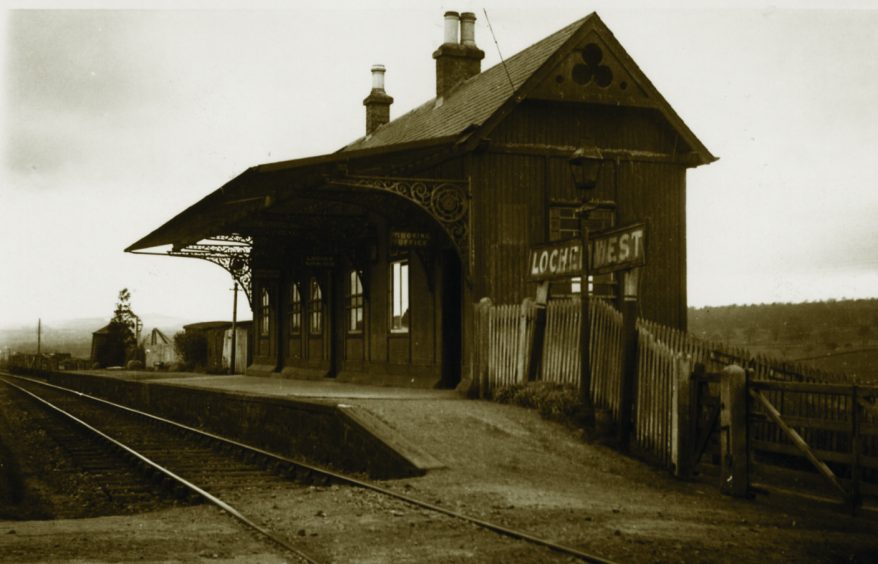
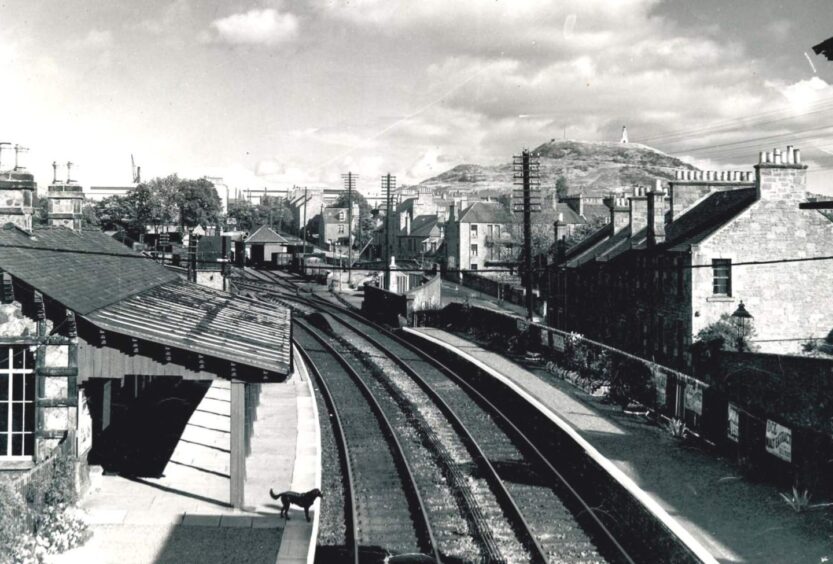
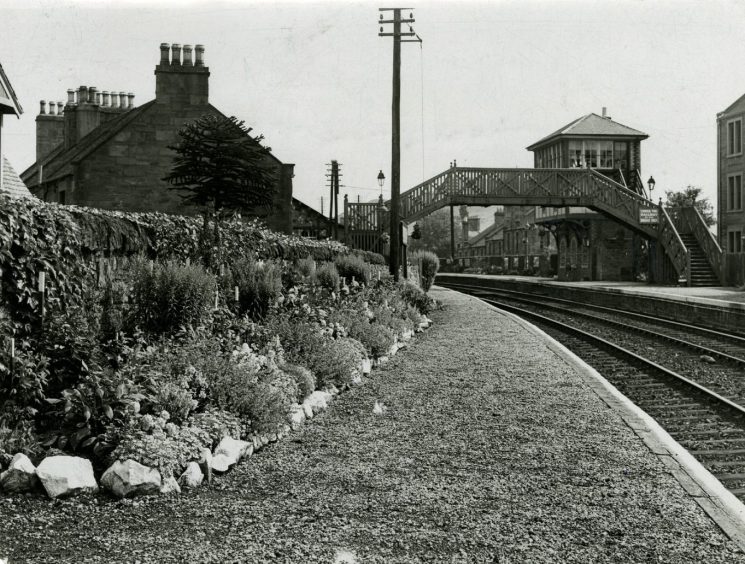
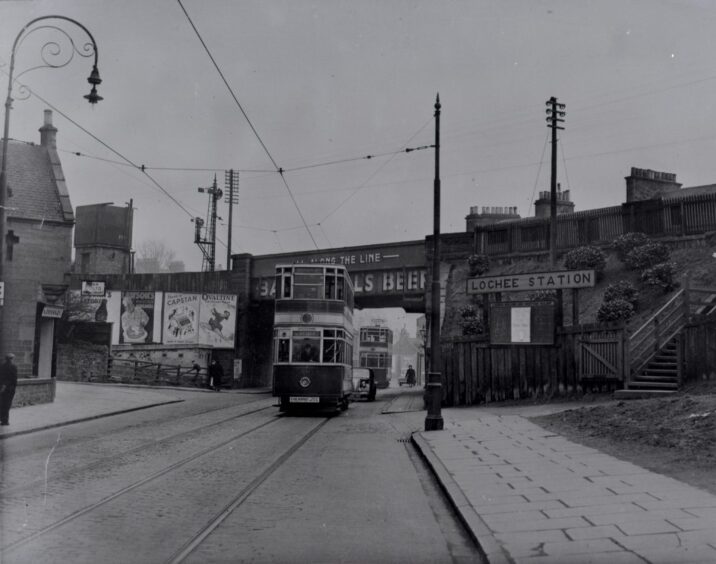
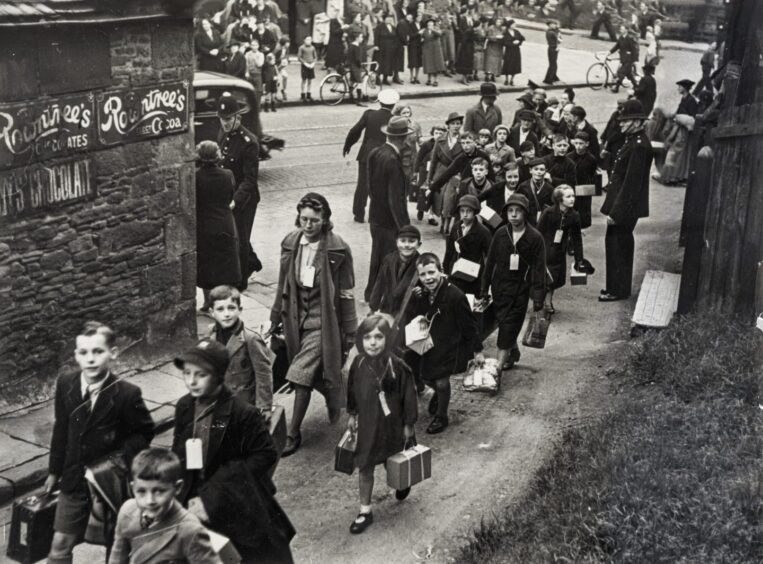
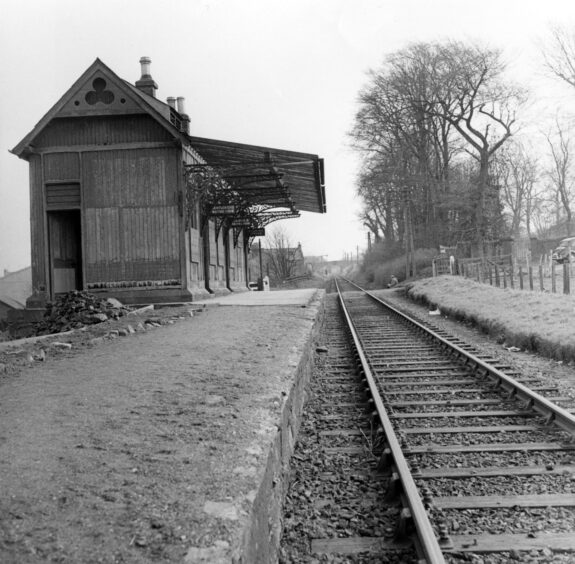
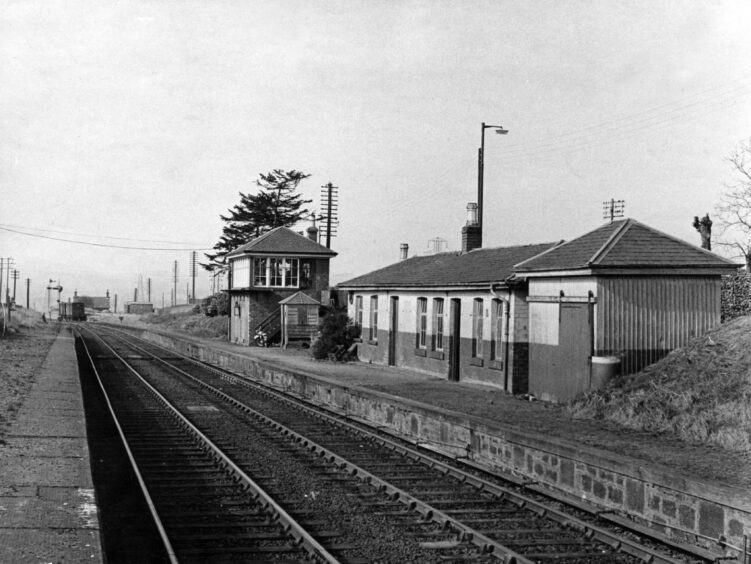
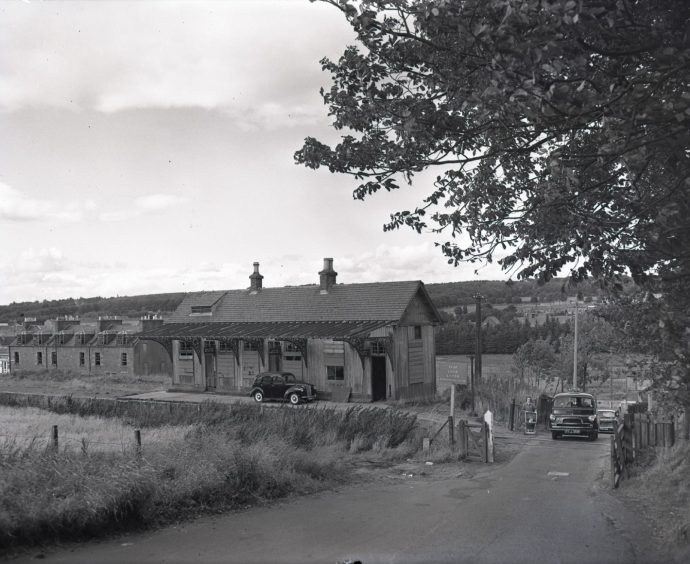
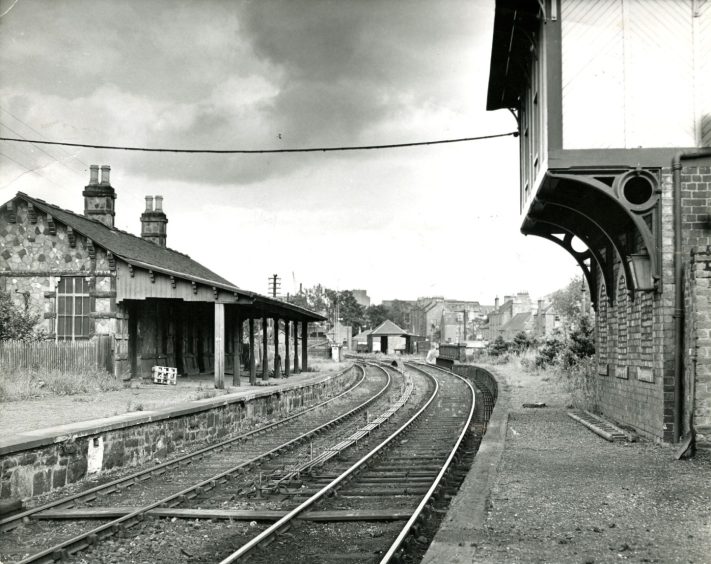
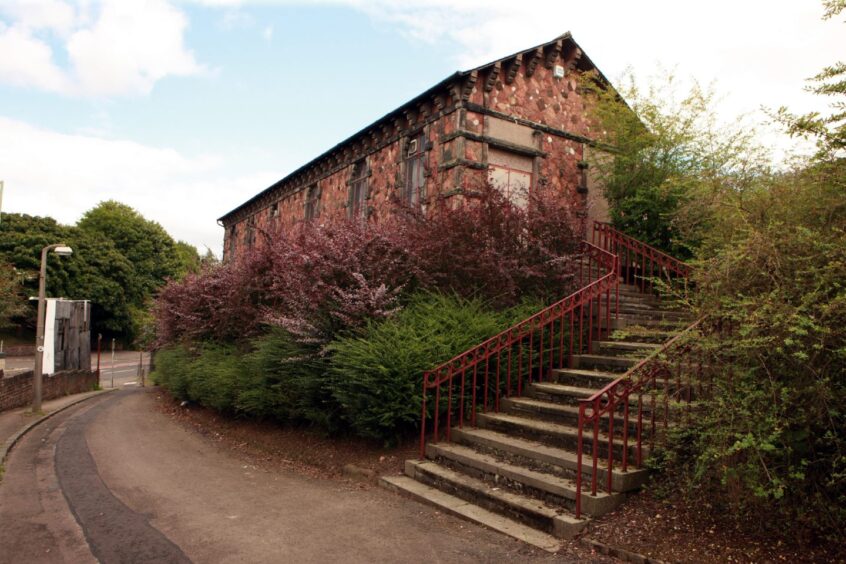










Conversation